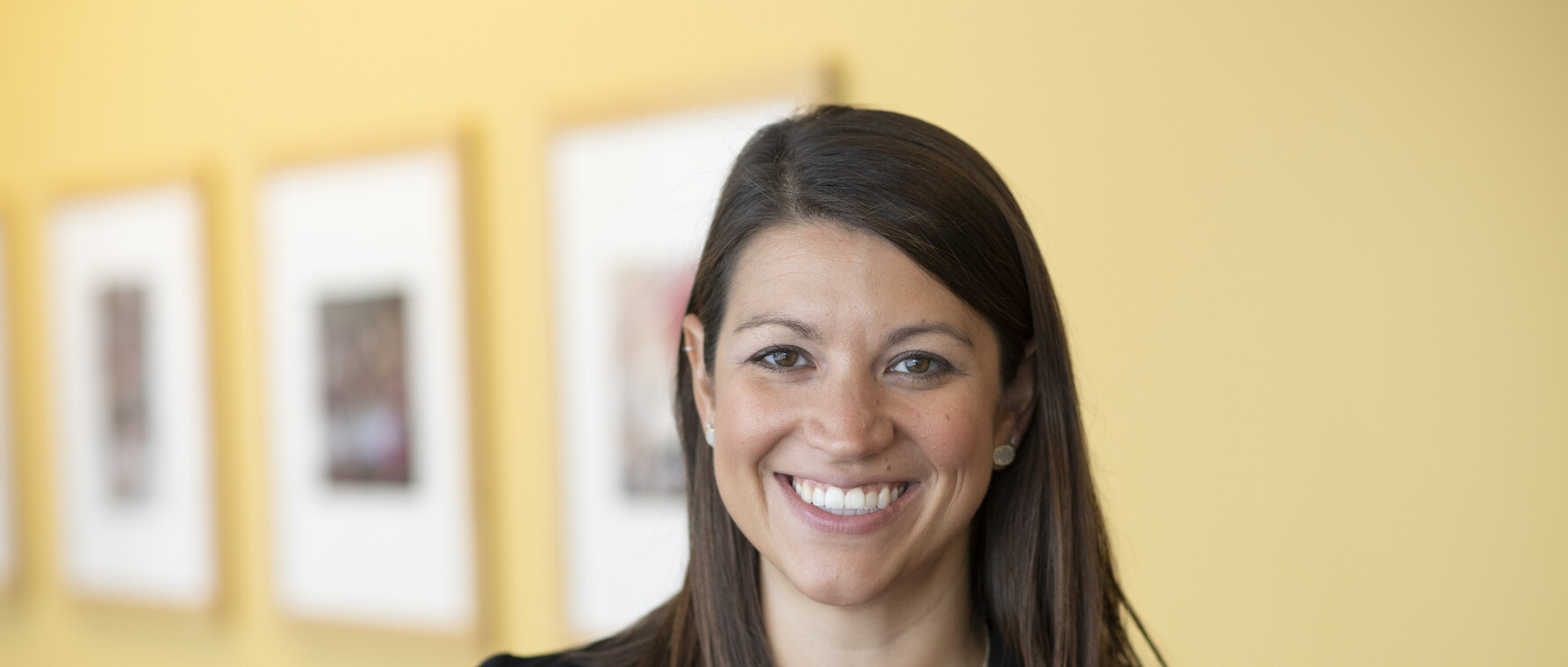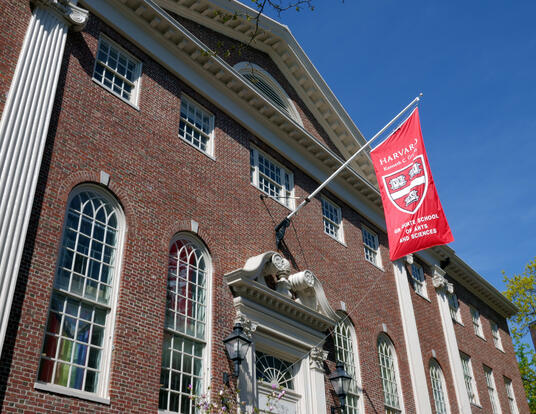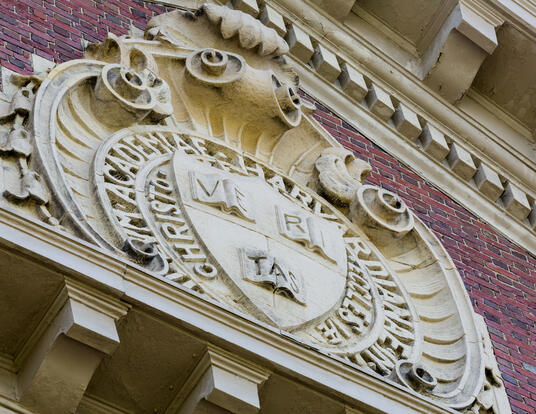B-2 B-Well: Defining the Next ‘Normal’
In the age of COVID, what does ‘safe on campus’ mean to you?

Welcome to the 2021–2022 academic year! For those of you who are new to Harvard, my name is Danielle Farrell and I serve as the director of the Office of Student Services at the Graduate School of Arts and Sciences (GSAS). Student Services assists GSAS students with any personal and/or academic concerns by connecting them with useful resources, helping them strategize and problem-solve, and offering guidance and advice. Our office champions wellness, so each month this column—named for office B-2, located in the Student Center at Harvard Griffin GSAS—focuses on the eight different aspects of staying well: physical, emotional, relational, spiritual, financial, vocational, intellectual, and environmental.
Many of you probably have mixed feelings as we embark on a very different kind of year. You might be energized and enthusiastic about in-person learning, teaching, and connecting. You might be feeling terrified of returning to campus as the pandemic drags on. Or you might simply be exhausted after 18 months of COVID-19 vigilance. Most of us have some combination of these feelings. We are mapping out new personal boundaries, learning how we have changed over the past 18 months, determining how we want to engage our communities, and constantly redefining the next “normal.”
On the first day of classes, Dean of Students Sam Bersola sent out the annual message about campus safety. If you haven’t had a chance to review it, please do. We all have a responsibility to maintain safety on campus and in our communities, including physical safety, awareness of how you and others may feel, and healthy behaviors. This message is especially important now more than ever.
While there are community expectations, it may be helpful to think about what does being back and being safe mean to you? What are you most excited about? Can you do it safely? What are you worried about? Can you challenge yourself to combat those fears and engage with your communities? (And if you are struggling, connect with your web of support!)
It’s okay to acknowledge the weirdness of being both “back to normal” yet hypervigilant of personal space, masking practices, and compliance with your testing cadence. (I don’t know about you, but I can nasal swab in my sleep now—a skill I am glad to have perfected as we kick this virus!)
Also, being part of a community—whether it’s your department, GSAS, Harvard, a student group, your residence hall, family, friends, and even the world—means that sometimes we observe situations that are uncomfortable, unacceptable, or a conflict. We are all bystanders in these situations, but an active bystander or upstander is someone who intervenes. Just remember the acronym ICEER in these situations:
Identify a potential problem.
Choose how to help.
Execute a safe intervention.
Enlist others in making change.
Respond to pushback.
One final note: it’s important to give one another space and grace as we re-learn how to navigate physical boundaries and deal with the challenges of living and learning through this pandemic. You may notice that your favorite coffee shop is a bit slower than you remember, or offices on campus are evaluating what works, or your friend who was comfortable hanging out last week may not be so comfortable today. It’s all normal—as are your own ebbs and flows. Try to take time—even just a second—several times a day to stop, breathe, and ask, “How can I treat myself and others with kindness?” Make that question your mantra.
So, mask up, and let’s have a fun, compassionate, and safe year! Be kind to and take good care of yourselves and one another. Remember to visit B-2 in person or virtually and, above all, B-Well!
Photo by Tony Rinaldo
Get the Latest Updates
Join Our Newsletter
Subscribe to Colloquy Podcast
Simplecast Stitcher




